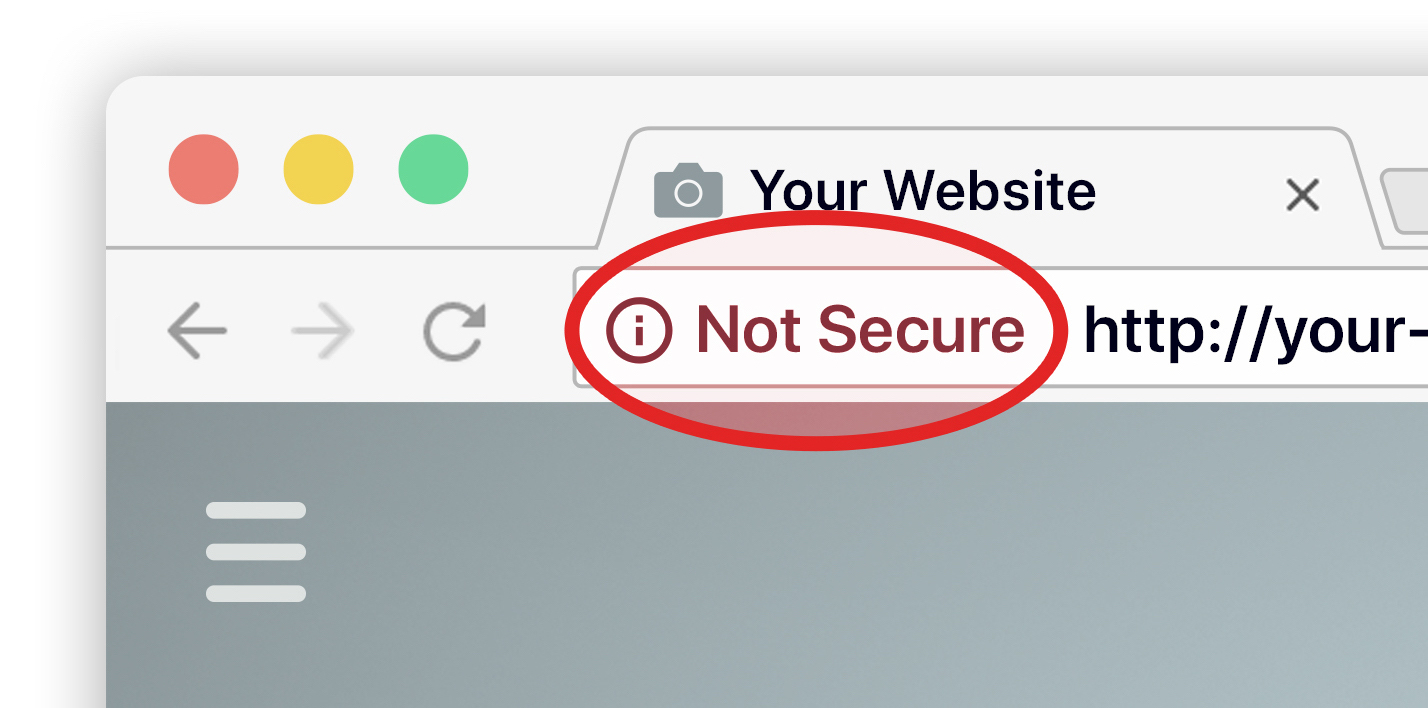It's getting kinda shouty
11th August 2017
It's getting kinda shouty
11th August 2017
- 2 minute read
We wrote a little about connecting to websites securely a while back, what it does and some reasons for using HTTPS. A couple of the major browser vendors have now brought the issue back into focus; you may have noticed if you use Chrome or Firefox that next to the website address is a message telling you if that website is not secure. That’s right, not secure, which is making every visitor well aware that your site could be dangerous to view.

For a long time we’ve all been able to ascertain very quickly if a website is secure by looking for a padlock and HTTPS in the address bar, but its not until relatively recently that browsers have started highlighting the lack of a secure connection.
For us users this is great news, now not only can we instantly see if this site is safe to put our personal or payment information into, we are warned when is potentially dangerous. As users interact with more and more secure websites, the unsecured sites will really start to suffer as they lose traffic and user confidence.
While that sounds very dramatic, its exactly what Google are tweaking their search algorithms to do. Websites lacking security are already being ranked lower than ones with security as part of a drive towards a "secure by default" web. It’s only a matter of time before all browser vendors include this feature, this is not something that is going remain limited to two browsers.
If you run a website, web service or app that is unsecured, you need to put a plan in place to move to HTTPS now.
If you’re not sure how to go about securing your website, or thinking this is all very well but sounds expensive, talk to us, or your hosting company, because it needn’t be.
If you’d like to discuss your website security, hosting or your next project, please get in touch.